Filter by Type
Filter by Category
Filter by Size
Filter by Year
Artists
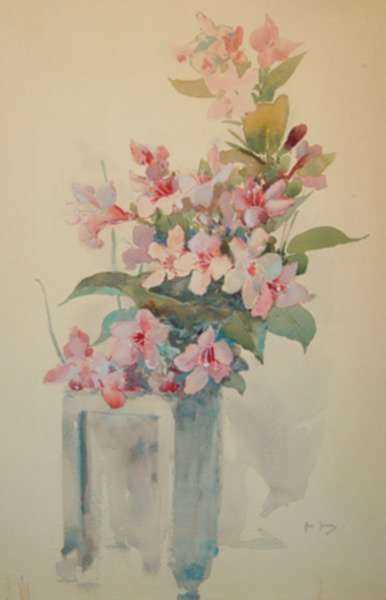
Ross Sterling Turner
American (1847-1915)
Ross Sterling Turner was born in 1847 in Westport, New York. In 1862, his family moved to Alexandria, Virginia. His first job was as a mechanical draftsman, working for a time in the U.S. Patent Office in Washington, D.C. In 1876, he went to Europe, first to Paris and then to study at the Munich Academy, where he met fellow Americans William Merritt Chase and Frank Duveneck. Like them, Turner developed a thick, painterly style. He became close friends with Constantin Bolonachi, a Greek painter whose marine subject matter would influence Turner’s work. About 1879, Turner traveled to Florence, Rome and Venice to study the Old Masters, and in Italy his work became increasingly concerned with the effects of light and color.
In 1883, Turner returned to America and settled in Boston, exhibiting his watercolors and oils at the Boston Art Club and annually at Doll and Richards on Newbury Street. He entered the intimate circle of Childe Hassam and the artistic community surrounding Celia Thaxter at Appledore, where he painted gardens in short, quick, colorful strokes that are similar to Hassam's style. Upon his marriage to Louise Blaney (artist Dwight Blaney's oldest sister) in 1885, he moved to Salem, but maintained a Boston studio for private lessons. Teaching formed a large part of Turner's career, both in person and through books such as his "Use of Water Color for Beginners," published by Louis Prang and Company in 1886. He was an instructor in the architecture department at the Massachusetts Institute of Technology (1884-85, 1886-1914) and in 1909, he began to teach at the Massachusetts Normal Art School.
Turner frequently traveled in search of new subject matter; his talents as a colorist and his love of the sea took him to Mexico, the Caribbean, and Venice. He died in Nassau, the Bahamas, where he had gone for health reasons. A memorial exhibition was held at the Guild of Boston Artists in 1915.
Turner's work is represented in many fine public and private collections including the Boston Museum of Fine Arts, Boston Public Library, Fogg Museum at Harvard University, National Museum of American Art, Worcester Museum of Art, Peabody Museum of Salem, and Denver Art Museum. In recent years, Turner's work has been well represented in several major traveling museums exhibitions including "The Bostonians: Painters of an Elegant Age, 1870-1930" and "Awash in Color; Homer, Sargent and the Great American Watercolor."
Works by Ross Sterling Turner
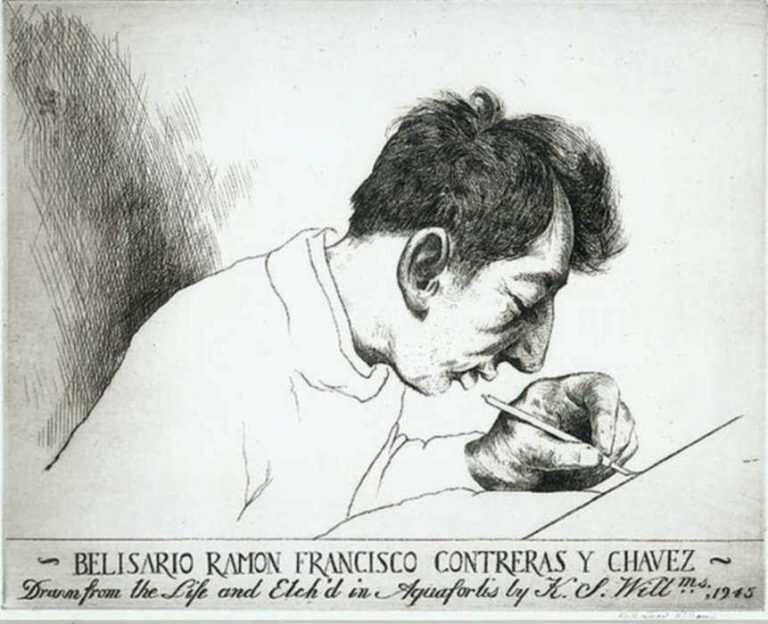
Keith Shaw Williams
American (1905-1951)
Keith Shaw Williams, American (1905-1951)
During a period when American modernism and abstraction generally received a vast amount of critical acclaim, it is a testament to his talents and skill that Keith Shaw Williams was so successful. In December 1949, he was featured in an article in the magazine American Artist in which the critic states “he is an accomplished draftsman, an unusually good composer and his color is quite generally applauded.”
Keith Shaw Williams, a talented protege of Ernest D. Roth, received his formal training at the National Academy of Design and in Paris at the Academie Collorassi. He further studied with Ivan Olinsky, Daniel Garber and Charles Hawthorne. He was a member of the Salmagundi Club, Society of American Etchers, American Water Color Society, Allied Artists of America, Chicago Society of Etchers, and Artists' Fellowship. He was elected an Associate of the National Academy of Design in 1939 and a full Academician in 1942. Williams exhibited actively and was honored with numerous prizes in his short lifetime: the National Academy of Design (prize, 1935); Salmagundi Club (1936-40, numerous prizes); the Library of Congress (prize, 1946); Allied Artists of American (medals, 1938 & 1940); Montclair Art Museum (medal, 1941); American Artists Professional League (medal, 1941); National Arts Club (prize, 1928). Williams also taught at the Grand Central School of Art. His work is represented in many public and private collections including the New York Historical Society, the National Academy of Design, the Salmagundi Club, Library of Congress and the Rollins College Museum of Art.
In his own words, “the creative artist, if he is to make any real contribution, must honestly and sincerely interpret what he sees and feels in his own particular way; for good painting is not conditioned by method of interpretation nor by fashion of day…I have tried to express in a recognizable manner the beauty, character, and mood of the subjects.” Williams painted figures, landscapes, and still lifes, and these works reflect his sincere interest in all professed.
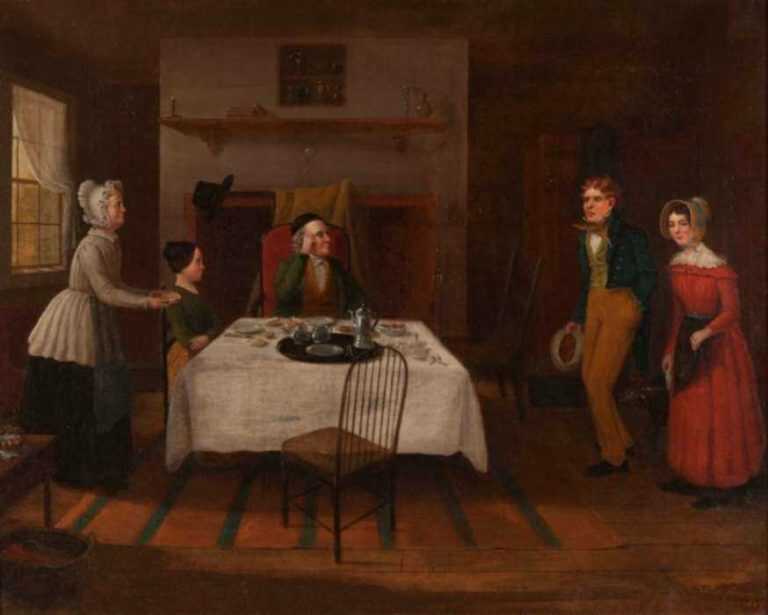
Jerome Thompson
American (1814-1886)
Jerome Thompson, American (1814-1886)
Jerome Thompson came from a family of painters. His father, Cephas, was a successful itinerant portrait painter and Jerome trained himself in the studio in Middleborough, Massachusetts as a portraitist in spite of his father's opposition. The elder Thompson encouraged his oldest son, Cephas Giovanni, but thought his younger son should become a farmer. Perhaps because of severe opposition, Jerome became the best known and best regarded of the Thompson painters. At age seventeen, he left home to follow a career as an itinerant portraitist. After four years, he settled in New York City where he had considerable success.
By 1844 he had changed his directory listing from "portrait painter" to "artist". This change coincided with his entry into genre painting. In a letter to the American Art Union dated September 5, 1848, Thompson wrote: "I herewith send a picture for sale - it is a composition called going to the 'Squires to be Married'" and for which I ask $150 - this is the second time I have ever offered a picture to the American Art Union." He exhibited extensively in many venues including the American Academy of Fine Arts, the National Academy of Design, Pennsylvania Academy of Fine Arts, and the Brooklyn Art Association. The painting that launched his career was "Pic Nic", first exhibited at the national Academy of Design in 1850, and again at the Pennsylvania Academy the next year. Genre paintings by Thompson are in the collections of the Museum of Fine Arts, Boston, the Fine Arts Museum of San Francisco, the Berkshire Museum, the Brooklyn Museum, the Metropolitan Museum of Art, the Cincinnati Art Museum and the Evansville Museum of Arts.

![Print by David Young Cameron: The Gargoyles, Stirling Castle [Stirling, Scotland], represented by Childs Gallery](https://childsgallery.com/wp-content/uploads/david_young_cameron_the_gargoyles__stirling_castle_x046_childs_gallery-250x250.jpg)
![Print by David Young Cameron: Harfleur [France], represented by Childs Gallery](https://childsgallery.com/wp-content/uploads/david_young_cameron_harfleur__france__p2356-06a_childs_gallery-250x250.jpg)
![Print By David Young Cameron: Hôtel De Sens [paris] At Childs Gallery](https://childsgallery.com/wp-content/uploads/david_young_cameron_htel_de_sens_paris_p2356-07ra_childs_gallery-250x250.jpg)
![Print by David Young Cameron: Castle Moyle [Scotland], represented by Childs Gallery](https://childsgallery.com/wp-content/uploads/david_young_cameron_castle_moyle__scotland__p1962-20a_childs_gallery-250x250.jpg)
![Print by David Young Cameron: The Deanery, Winchester [England], represented by Childs Gallery](https://childsgallery.com/wp-content/uploads/david_young_cameron_the_deanery__winchester__engla_p1962-22a_childs_gallery-250x250.jpg)
![Print by David Young Cameron: Tewkesbury Abbey [Tewkesbury, Gloucestershire, England], represented by Childs Gallery](https://childsgallery.com/wp-content/uploads/david_young_cameron_tewkesbury_abbey__tewkesbury___clc7766-61_childs_gallery-1-250x250.jpg)
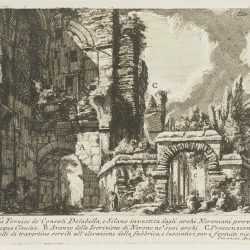


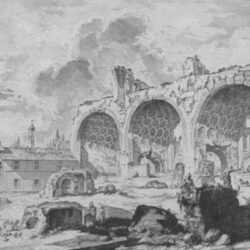
![Print by Giovanni Battista Piranesi: Veduta del Sepolcro di Pisone Liciniano […] Sepolcro della famiglia Cornelia … (View of the tombs of L. Piso and of the Cornelii), available at Childs Gallery, Boston](https://childsgallery.com/wp-content/uploads/giovanni-battista-piranesi_veduta-del-sepolcro-di-pisone-liciniano-8230-sepolcro-della-famiglia-cornelia-8230-view-of-the-tombs-of-l.-piso-and-of-the-cornelii_childs_gallery_15830-250x250.jpg)
![Print by Giovanni Battista Piranesi: Disegno di una Quarta Parte di una Volta[…]nella Villa Adriana (Drawing of a part of a vault from Hadrian’s villa, Tivoli), available at Childs Gallery, Boston](https://childsgallery.com/wp-content/uploads/giovanni-battista-piranesi_disegno-di-una-quarta-parte-di-una-volta8230nella-villa-adriana-drawing-of-a-part-of-a-vault-from-hadrian8217s-villa-tivoli_childs_gallery_15513-250x250.jpg)



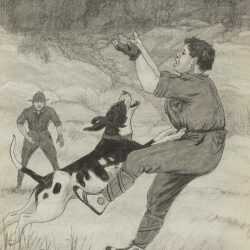
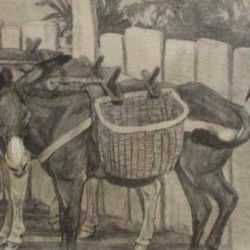
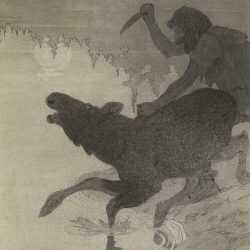
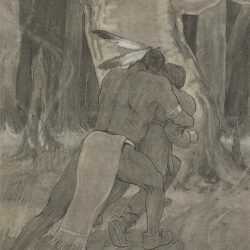
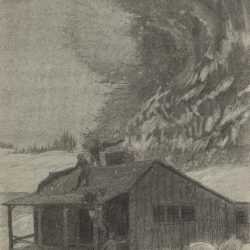
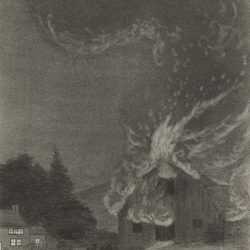
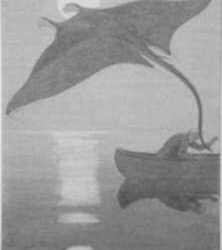
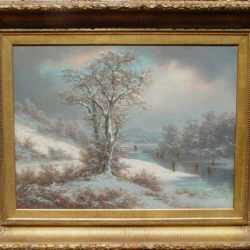
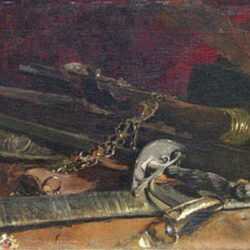
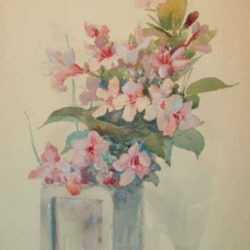
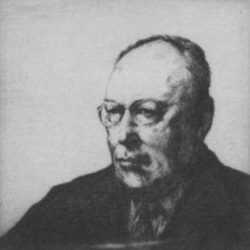
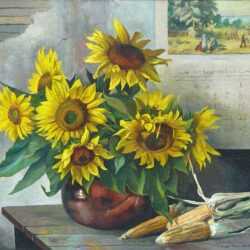
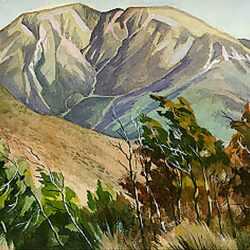

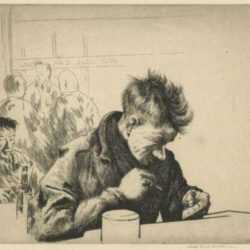
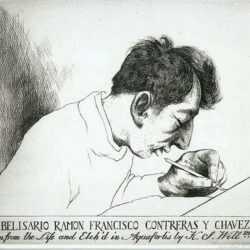
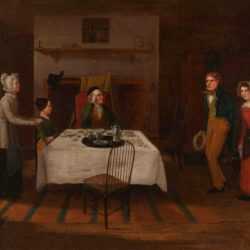
![Print by John Mix Stanley: Milk River- Bear's Paw Mountain in Distance [Montana], represented by Childs Gallery](https://childsgallery.com/wp-content/uploads/john_mix_stanley_milk_river-_bears_paw_mountai_p1968-289_childs_gallery.jpg)